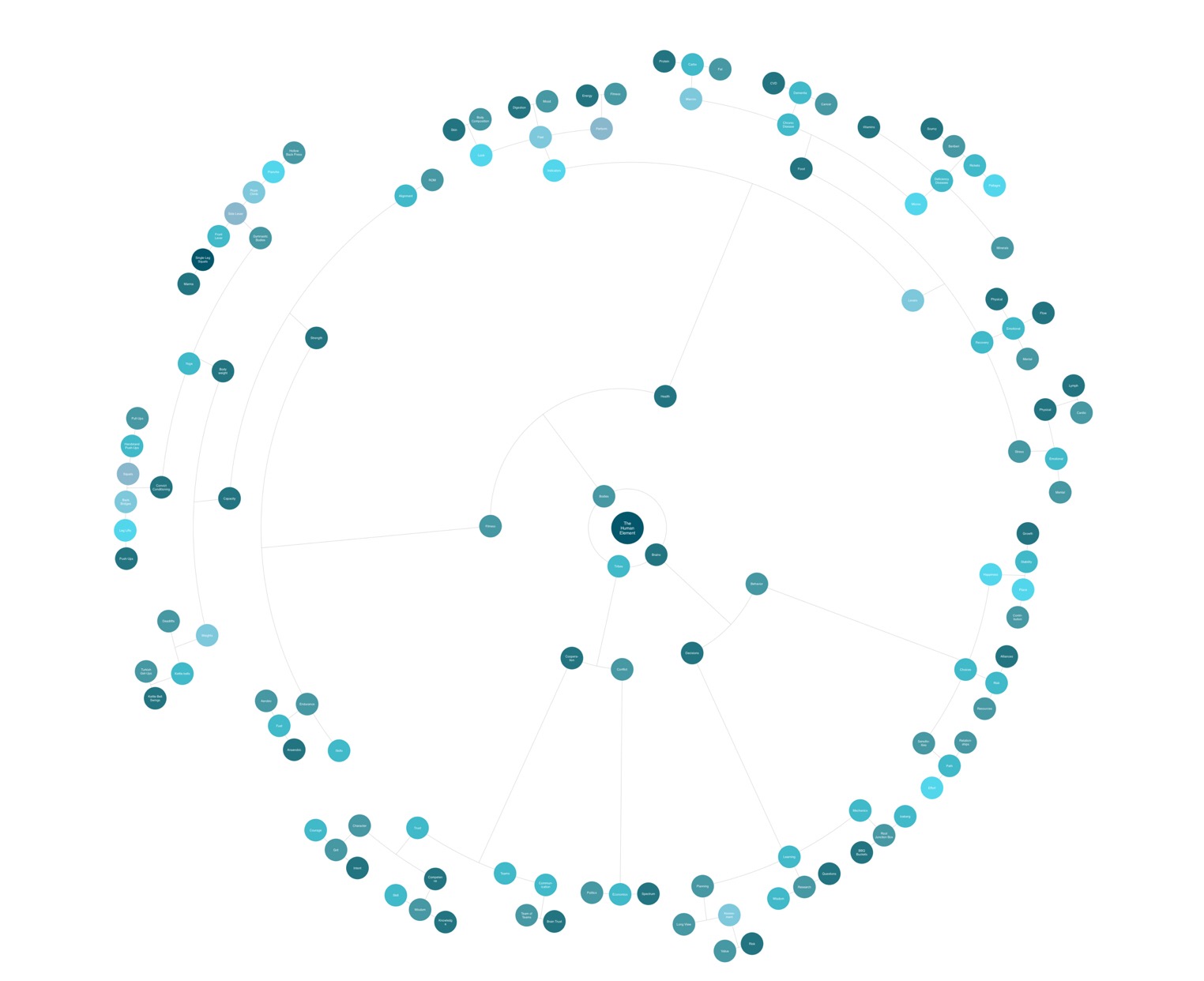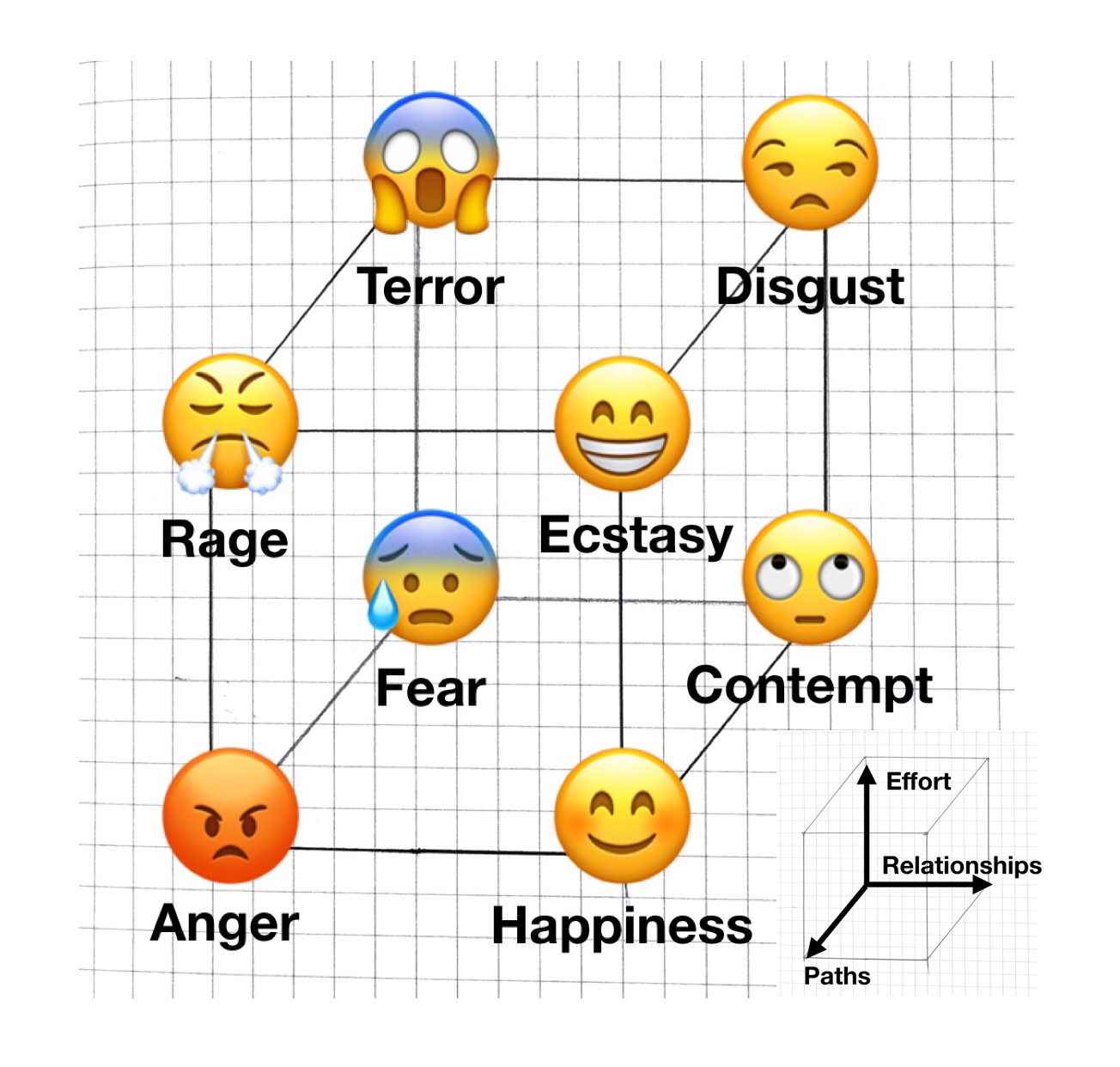Questions
- Where is the risk with choosing food?
- What should I eat?
- How much should I eat?
- Why do I eat?
- How should I deal with cravings?
- How do I store less fat?
- When does the body switch between glucose and fat for fuel?
- What is the health impact of filtered water?
Conclusions
Where is the risk with choosing food?
- Cardiovascular Disease
- Cancer
- Dementia
- Think “Goldilocks” (too little, too much, just right) not gold (more is better) when it comes to nutrients.
- The risk of “too much” is extremely high. According to the CDC roughly half of all Americans who died in 2014 died of cardiovascular disease or cancer, which are primarily chronic diseases of excess.
- The primary sources of “too much” are sugar, polyunsaturated fat, heavy metals and chemicals.
- My notes on: polyunsaturated fatty acid
- Strategy against cardiovascular disease: reduce inflammation by reducing sugar/starch and by reducing polyunsaturated fatty acid (primarily from seed oils).
- Strategy against cancer: autophagy (protein recycling) induced through intermittent fasting. Reduce inflammation by reducing sugar/starch and by reducing polyunsaturated fatty acid (primarily from seed oils).
- Strategy against dementia (Alzheimer’s): high quality saturated fat.
- The risk of nutrient deficiencies is extremely low. Risk of nutrient deficiencies increases as the percentage of plants in the diet increases and further increases as the amount of sugar/starch in the diet increases. CDC Data on refugee nutrient deficiencies has information on the most common nutrient deficiencies in vulnerable populations.
- Eggs and butter provide a buffer against nutrient deficiencies.
- The quality/health of animals used to source animal ingredients is a health issue and a challenge.
What should I eat?
- What are my goals?
- How much effort am I willing to put in?
- Where will I be eating?
- How do I build a meal?
What are my goals?
- Improve how I look (skin / body composition)? (Skin is an indicator of inflammation levels / body composition (the amount and location of fat storage) is an indicator of the quality and quantity of food, liver health, stress and thyroid function).
- Improve how I feel (digestion/hunger)? (digestion is an indicator of intestinal health / hunger is an indicator of blood sugar levels)
- Improve how I perform (mental clarity / physical energy)? (Mental clarity is an indicator of mineral levels, blood sugar and fuel quality / Physical energy is an indicator of primary fuel (glucose vs fat))
How much effort am I willing to put into my food?
- Sourcing (hunting? / farming?)?
- Shopping?
- Cooking?
Where will I be eating?
- At home?
- In a restaurant?
- Out of a bag/box?
What should I eat? Building Meals.
- a meal = meat + veggie. Add high quality saturated fat. Add color. Consider starch.
- Minerals?
How much should I eat?
- Protein: 8 – 16 oz/ day. Ideally with a 12-16 hour daily protein fast. (Protein amounts and patterns are different for kids).
- Saturated Fat: ~1 TBSP 1-3 times/day
- Polyunsaturated Fat: < 6g / day (<3% calories)
- Starch: ~ 1 fist size serving 1-3 times per day. Adjust to control weight and fuel activities.
- Sugar: Max of <8g per sitting / <5 times per day. (Less per sitting and less per day is better)
How do I store less fat and make sure I store it in the right places?
- Quality Food
- Healthy Liver
- Healthy Thyroid
- Less sugar (especially fructose).
- <6g / 3% calories of polyunsaturated fatty acid per day.
- The body uses fat to isolate toxins. Excess fructose and excess PUFAs are both toxic.
- Less Alcohol (especially beer).
- Less stress
- Better thyroid function (more common with women).
References
Perfect Health Diet by Paul and Shou-Ching Jaminet
Not by Bread Alone by Vilhjamur Stefannson
CDC Data on Refugee Nutrient Deficiencies
2014 CDC Mortality Data


